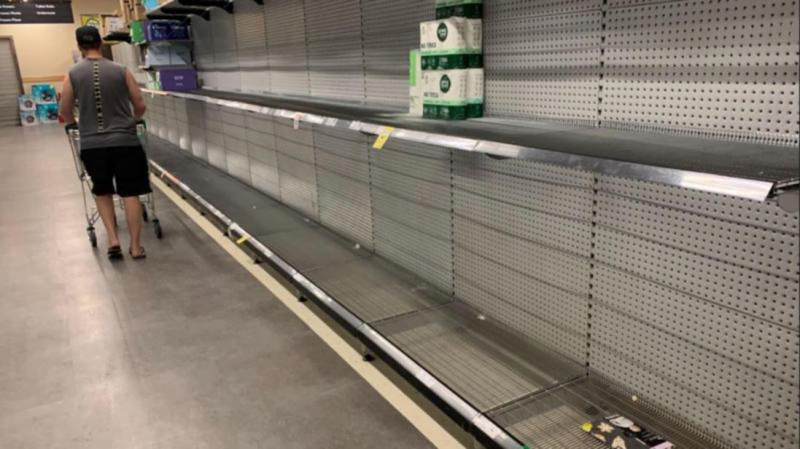Understanding how to deal with a robbery at your supermarket is great. However, making efforts to reduce your risk of crime in the first place is better. While no business owner ever assumes that their business will be the target of a robbery, it’s impossible to eliminate the possibility entirely.
To reduce your risk of robbery, certain security measures can be taken to protect your business, employees, and customers. From making robbery more difficult to careful cash handling, small things can make a big difference in increasing the safety of your business.
Increase Risk, Reduce Reward
The motivation behind most security measures is that robbery is most frequently committed when a supermarket is viewed as a high reward, low risk target. Therefore, increasing the risk and minimising the potential reward will help to curb those looking to commit crimes at your business.
Standard security measures typically fall into two categories. These categories include:
Physical Measures:
Physical measures include devices such as access control panels, alarms, store layout and design modifications such as ensuring a clear view from inside the workplace to the front of the workplace.
Specific examples of physical measures to deter robbery include items such as security cameras, security signage, and access control panels. These items are visible to robbers and stand as physical deterrents by increasing the perceived risk of robbing your supermarket.
Procedural Measures:
Procedural measures are measures including organisational procedures such as modifications to cash handling, as well as opening and closing procedures. Integrating cash holding limits can not only make robbing your business less desirable but will minimise losses if a crime does occur.
Cash
In a large percentage of robberies, the offender is looking to obtain rewards in the form of monetary value. Maintaining strong cash handling principles and limits can help you dissuade potential crime.
General cash holding principles include rules such as:
- Ensuring money is kept out of reach of customers.
- Counting large sums of money in private areas, not visible to the general public.
- Strictly following cash limits to minimise potential loss.
- Keeping cash drawers locked, with keys stored.
Cash Holding Limits & Cash In Transit
As mentioned several times, part of a good cash procedure is executing strong cash holding limits. Cash holding limits decrease the incentive to carry out a robbery in the first place. If a robbery does occur, a firm cash limit decreases the chance of another robbery occurring as your business becomes a less desirable target.
Transporting cash can be a particularly high risk activity, as this is an area where standard cash holding limits often can not be applied. To avoid the risk of transporting cash, many supermarkets may contact ‘Cash in Transit’ companies trained to deliver and transport cash safely. For supermarkets without this service, employees should be well trained in safe cash transit procedures.
It’s important to refrain from relaying information relating to cash security to anyone outside of management or employers. Emphasising confidentiality to staff can prevent knowledge of cash procedures from being spread.
Opening and Closing Procedure
Many robberies happen during opening and closing times when most opportunities to commit crimes are presented. You can prevent this increased risk by following proper procedures, keeping a close eye on loitering individuals, and ensuring your staff closes and opens with more than one person. In case of emergencies, train staff to have a mobile phone with a programmed emergency number.
If you need help with policies and procedures around reducing your supermarket’s risk of robbery, get in contact with us.



